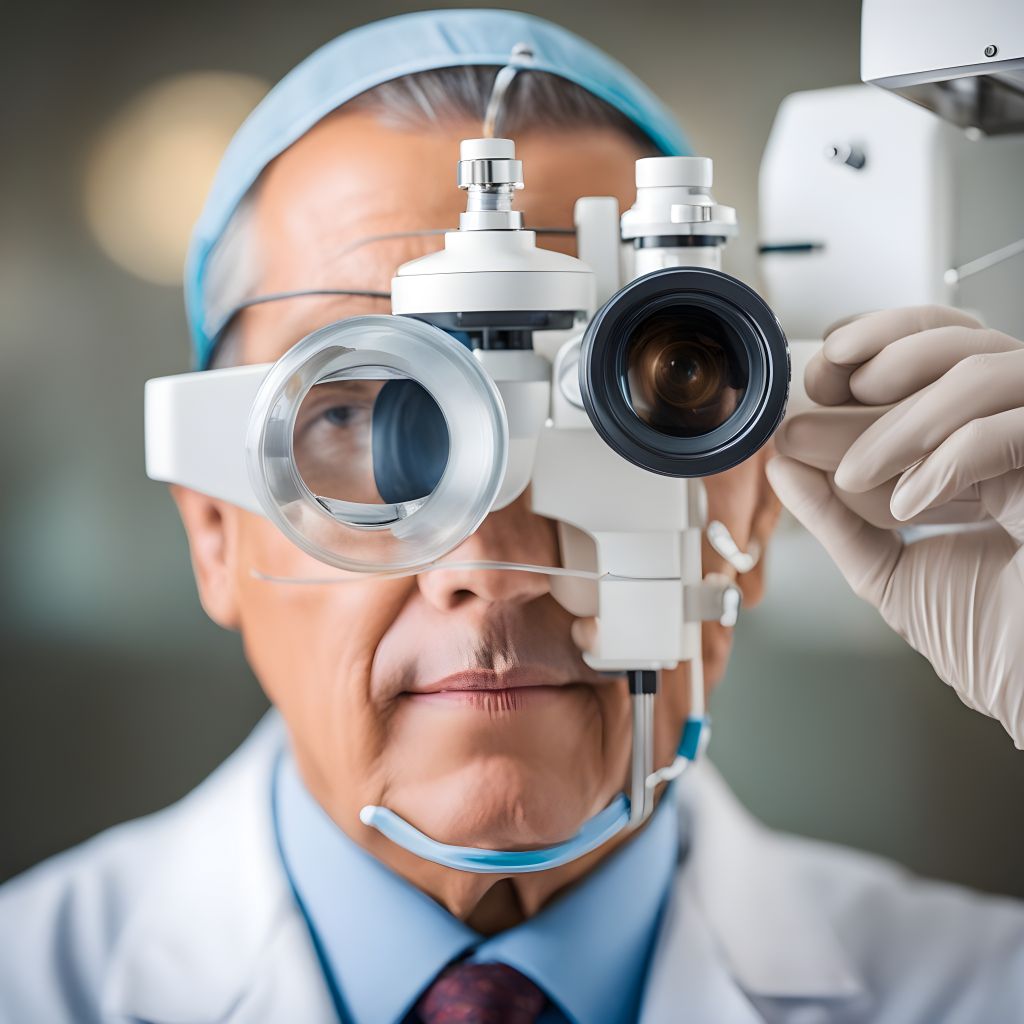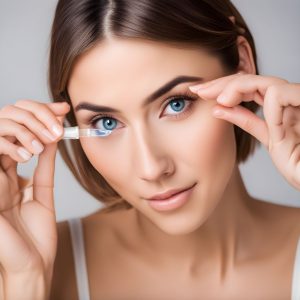Why Using Eye Drops Is Necessary When Using a Computer
Our lives in the digital age are linked together with displays, from computers to cellphones. Extended use of these screens has revealed a number of eye-related problems, prompting a discussion on the value of taking eye drops when using a computer.
The phenomenon of eye strain caused by screens is not a relatively new one. Scientists began to notice a condition known as Computer Vision Syndrome (CVS) in the 1980s, when personal computers were first introduced. This condition encompasses a range of vision and ocular problems resulting from prolonged computer use. In the twenty-first century, the typical adult spends more than 11 hours a day in front of a screen, according to a Nielsen poll conducted in 2019. This dramatic increase demonstrates how crucial eye care is becoming to our daily lives. It’s becoming increasingly important to invest in our ocular health, with practices such as regular eye check-ups and proactive measures like myeyessavings to ensure that our vision is preserved amidst our digitally-intensive lifestyles.

However, why do eye drops occur? The miracle of evolution that is the human eye is not made for prolonged screen time. Digital eye strain is believed to be exacerbated by the blue light that screens generate. Headaches, impaired vision, dry eyes, and discomfort are among the symptoms. Because they lubricate the eyes, eye drops are essential in easing these symptoms because they lessen dryness and irritation. By the way, we have written a Comprehensive Guide to Types of Eye Drops and Their Uses.
The significance of this subject has been further highlighted by recent occurrences. With the start of the COVID-19 pandemic in late 2019, there was an inevitable worldwide movement toward digital communication and remote work, which resulted in an increase in screen time for many people. Due to the increase in digital eye strain instances brought about by this change, eye care specialists are stressing the value of using eye drops consistently in addition to other eye care procedures.

Including eye drops in your daily computer work routine is not just about comfort; it’s also about long-term eye health preservation. Brighter eye care practices, as recommended by reputable resources such as the American Academy of Ophthalmology, suggest that the symptoms of digital eye strain can be considerably reduced by using lubricating eye drops.
In addition, there’s a fascinating historical comparison to think about. Early in the 20th century, reading printed text for extended periods of time and inadequate illumination were major contributors to eye strain. Then, improved lighting and eye exercises were the remedy. The problem of today is screens; eye drops are part of the solution, along with ergonomic changes and frequent rests.

Even while using eye drops is essential, it’s critical to keep in mind that maintaining eye health when using computers involves more than just eye drops. Equally crucial are routine eye exams, ergonomic sitting, good lighting, taking regular breaks, and adhering to the 20-20-20 rule, which states that you should gaze at anything 20 feet away for at least 20 seconds every 20 minutes.
I was puzzled at first when I saw that my prolonged computer use was causing symptoms of dry eyes. It felt surprising but inevitable to someone who spends a lot of time in front of screens for both work and play. My eyes felt dry, sometimes red, and had a grainy feeling that was indicative of digital eye strain, often called computer vision syndrome (CVS).

I discovered that decreased blinking was the main source of these problems. Our natural blink rate is around fifteen times per minute, but studies have shown that gazing at a screen can cause this rate to drop by half. Dry eye symptoms are caused by increased tear evaporation as a result of this decrease in blinking. It was evident that my digital habits were having a negative impact on my outlook eye care when I considered the additional factor of being exposed to blue light from displays, which can exacerbate eye strain.
For me, switching to eye drops was revolutionary. Although I had my doubts regarding their effectiveness at first, the alleviation they brought about was nearly immediate. The lubricating action of the drops greatly reduced the dryness and pain by restoring the tear film. More significantly, they acted as a constant reminder to take regular breaks from screens and to blink more frequently—practices that are essential for maintaining eye health but are simple to overlook during a hectic day.

Integrating the use of eye drops into my daily routine, along with other eye-friendly practices like adjusting the screen brightness, following the 20-20-20 rule (every 20 minutes, look at something 20 feet away for 20 seconds), and ensuring proper room lighting, brought about a significant improvement in my symptoms. It was a simple but effective solution to a problem that many of us in the digital age face, emphasizing the value of preventative eye care in preserving our vision and overall health.

While using eye drops is necessary, it’s important to remember that using eye drops alone is not the only way to preserve eye health when using computers. frequent eye exams, ergonomic seating, adequate lighting, taking frequent breaks, and following the 20-20-20 rule—are all equally important. You might be interested in learning more about different eye exercises.
As we traverse an increasingly screen-dominated environment, it becomes increasingly important to comprehend and implement measures like using eye drops to preserve eye health. It’s an easy but crucial step in keeping our eyes healthy and working in a world going more digital. Never forget that investing in eye health today will benefit your eyesight later.
Eyevance Pharmaceuticals: A Deep Dive into Their Pioneering Ophthalmic Products
Eye Relaxation & Exercises: The Ultimate Guide for Optimal Vision Health




